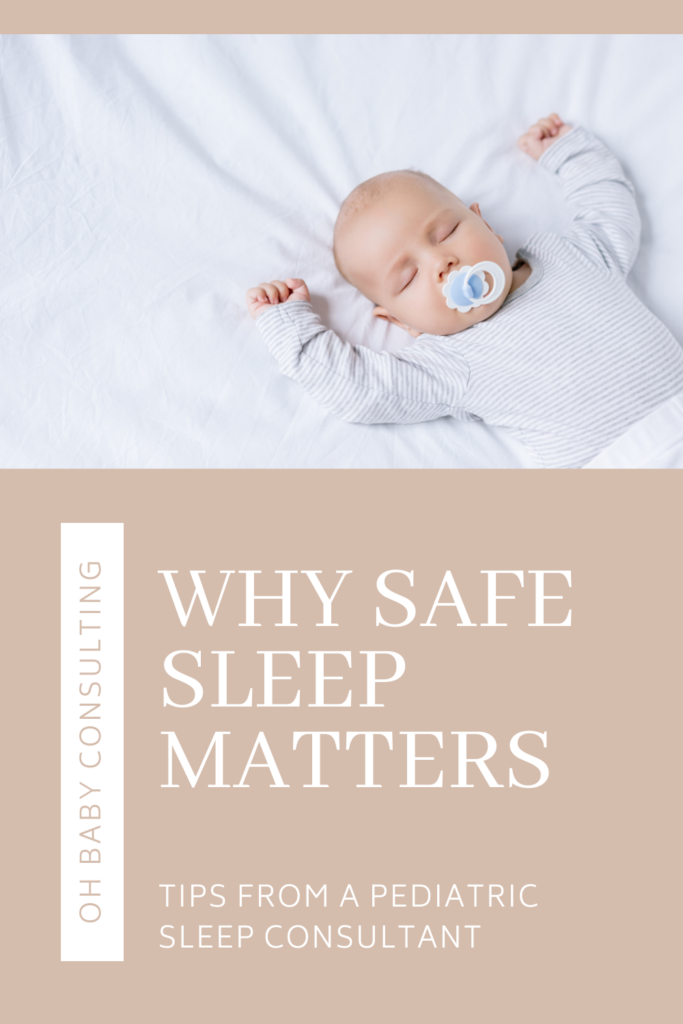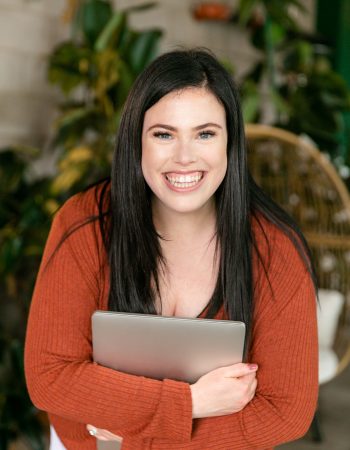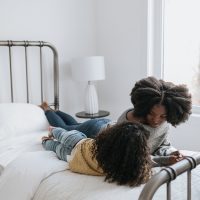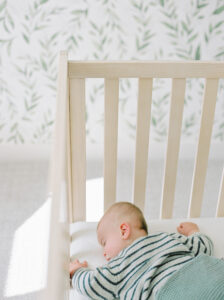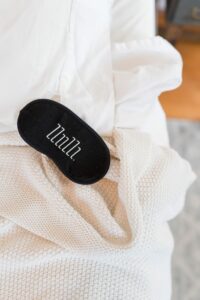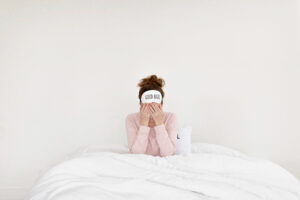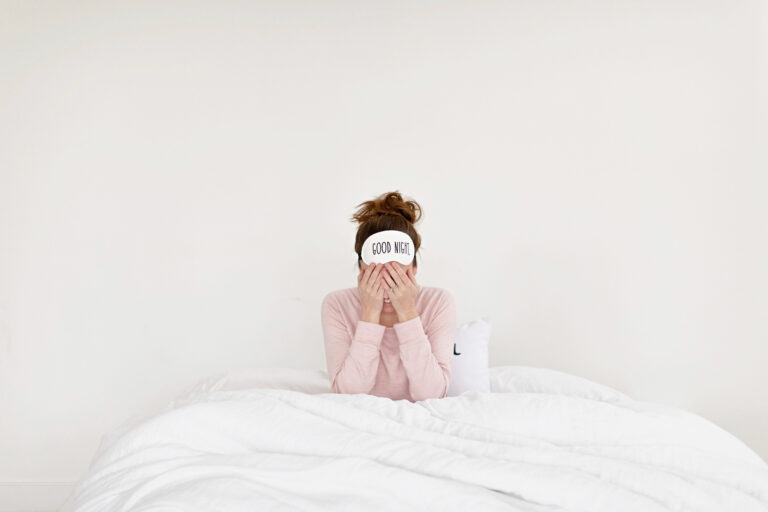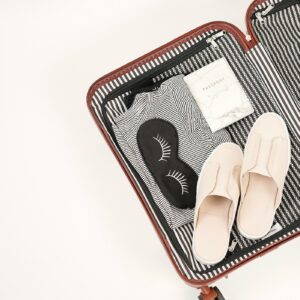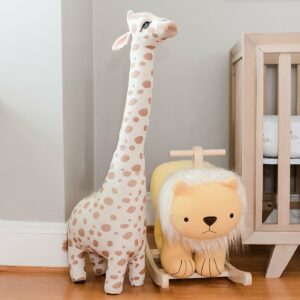As a parent, you’re going to worry. You’ll worry about concrete things like whether your baby has gotten enough to eat or if your toddler is warm enough without a jacket. You’ll worry about abstract things like if your child is happy or whether or not they’ll make good life choices. And you’re going to worry about sleep. Especially when they are a newborn, you’ll worry about sleep.
I want to help you worry less about sleep by explaining some of the American Academy of Pediatrics (AAP’s) safe sleep guidelines and why they are so important.
AAP Safe Sleep Guidelines
This is not an exhaustive list so please always stay up to date on the current AAP recommendations here, or the guidelines wherever you live.
- Always place your baby on their back to sleep.
- Ensure your baby sleeps on a firm, flat surface (i.e – a mattress in an approved crib, bassinet, or play yard) covered only by a tightly fitted sheet. (Please remember that adult beds, couches, or chairs are not designed with infant safety in mind.)
- There should be no loose bedding, soft objects, toys, or bumpers in the crib. (This includes mesh bumpers and even things marketed as “breathable.”)
- Avoid the use of commercial devices that are inconsistent with safe sleep recommendations such as swings, positioners, loungers, or crib wedges.
- Keep the nursery temperature between 68-72° Fahrenheit to allow for temperature regulation.
- Do not allow smoke around your baby. This is a major risk factor for Sudden Infant Death Syndrome (SIDS.)
FOR A FREE PRINTABLE CHECKLIST, CLICK HERE.
As you can see, safe sleep guidelines explicitly warn against the use of “sleepers” like formerly recalled Rock ‘n Plays and things like swings, DockATots, or other apparatuses often seen on many a baby registry. Though after-market crib accessories are sold, they are not recommended. But why? (Short answer is that sleep sells…but at the expense of safety?! That’s a blog post for another day…)
I truly believe that knowledge is power and when we know better, we can do better, so I want to share with you not only what is recommended but why it’s important.
Why Safe Sleep Matters
Trigger warning: this is as difficult for me to write as I’m sure it is for you to read, but it is so important to keep the whys top of mind. It’s so dang tempting for parents to fork over hundreds of dollars on apparatuses that promise to help your baby get longer stretches of sleep, but I want you to understand that these “promises” often come with a trade-off: putting your baby at a higher risk for SIDS.
SUFFOCATION & ENTRAPMENT
Putting babies to sleep on their tummies, with blankets surrounding them, or even snuggled in a “nest” like a DockATot or a Snuggle Me Lounger can put your baby at risk for suffocation and entrapment. Stuffed animals, bumpers, and soft blankets certainly do make a crib look warm and cozy. But, as boring as it sounds, a firm, flat mattress is the best and safest option for your little one. Infants can get tangled up in blankets and loose bedding and can have their airways blocked. When they are not strong enough to free themselves on their own, anything extra in the crib poses a suffocation and entrapment risk. This is also why aftermarket products that are marketed as breathable (looking at you mesh bumpers!!) can still pose a significant risk if you attach them to your baby’s crib.
Suffocation risk was one of the initial catalysts for the Consumer Product Safety Commission to warn parents in 2019 about using the Rock n’ Play with children over 3 months of age. In the 10 original cases reported, babies over 3 months of age were rolling in the Rock n’ Play, getting stuck, and becoming unable to breathe. Of course, we know now that there were more issues associated with the Rock n’ Play because it is not (and has never been) safe for sleep.
POSITIONAL ASPHYXIATION
For the safest sleep possible, babies should always be placed on a firm, flat surface. Putting babies at an incline (even of 5-10%) can put them at risk for positional asphyxiation. Because babies’ heads are so large and heavy, they are more likely to flop forward during sleep. Babies’ tracheas are also very small and this along with their lack of muscle strength and inability to control their head and neck can cause their airways to be blocked very easily. While babies’ heads frequently fall into this position while their bodies are relaxed during sleep, it is not impossible for positional asphyxiation to happen while a baby is awake. This is why it is so important to both properly restrain your baby using the appropriate safety straps and to also closely supervise them if you are using any type of inclined seat during awake times. If you are looking for an alternative place to set your baby down while you use the bathroom or make dinner, I would recommend a portable bassinet or a play yard, both of which are safe and approved for sleep. That way, you can be confident that even if your baby dozes off, they are in the safest sleep space possible.
CARBON DIOXIDE REBREATHING
“Carbon-dioxide rebreathing” is another reason why after-market mattresses, loungers, positioners, and excess “stuff” are not safe to use in your baby’s crib, in your bed, or for any sleep situation. What most parents (and even medical professionals) don’t realize is that carbon dioxide rebreathing is something researchers believe contributes heavily to Sudden Infant Death Syndrome. As your baby breaths in oxygen, they breathe out carbon dioxide. If their mouth is too close to fabric (like the side of a DockATot or face-down in a plushy mattress), that little space begins to fill with carbon dioxide and they will begin to inhale more of their previously exhaled carbon dioxide instead of oxygen.
Sleep Through the Night Safely
Safe sleep is non-negotiable in my book. I’m all for “you do you,” when it comes to whether you want to have a natural or medicated birth, breastfeed or bottle feed, work in or out of the home, or even how you choose to discipline. But when it comes to sleep, I’m putting my foot down. Please know, this does not come from a place of judgment or shame; it is my JOB to educate families on how to sleep safely because lives depend on it!
It is possible for your child to sleep through the night AND do it safely. There are many different sleep teaching techniques out there that can help you get rid of the external and unsafe props that you may be relying upon. But if you want a customized plan with expert guidance and support to finally ditch that DockATot or say goodbye to your inclined sleeper, you know where to find me!
